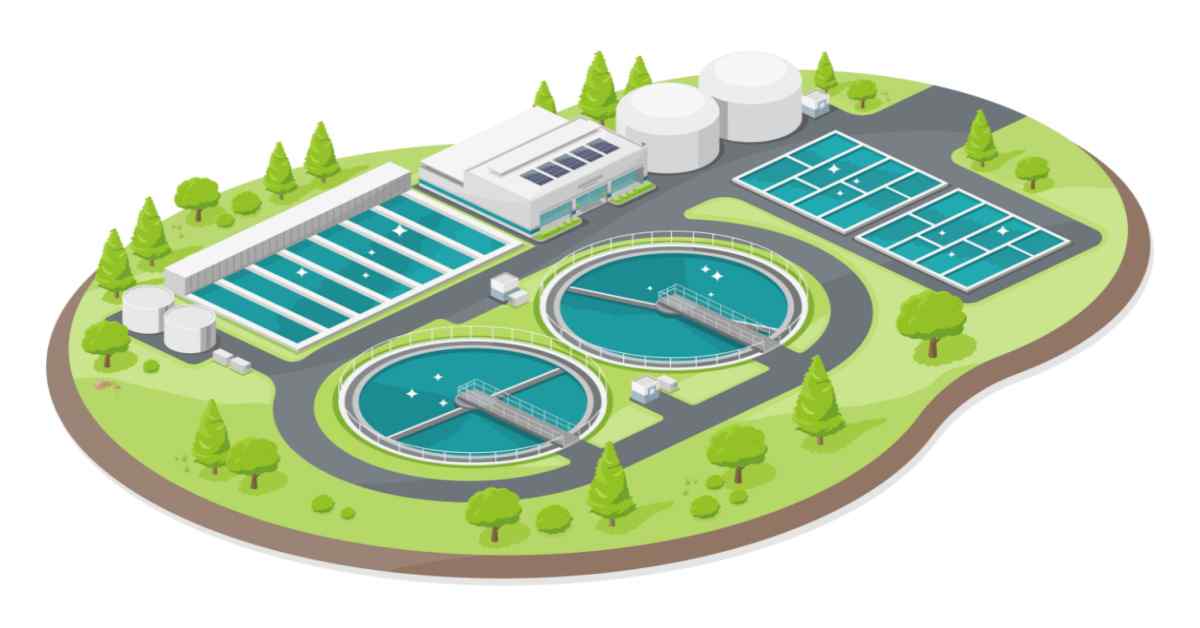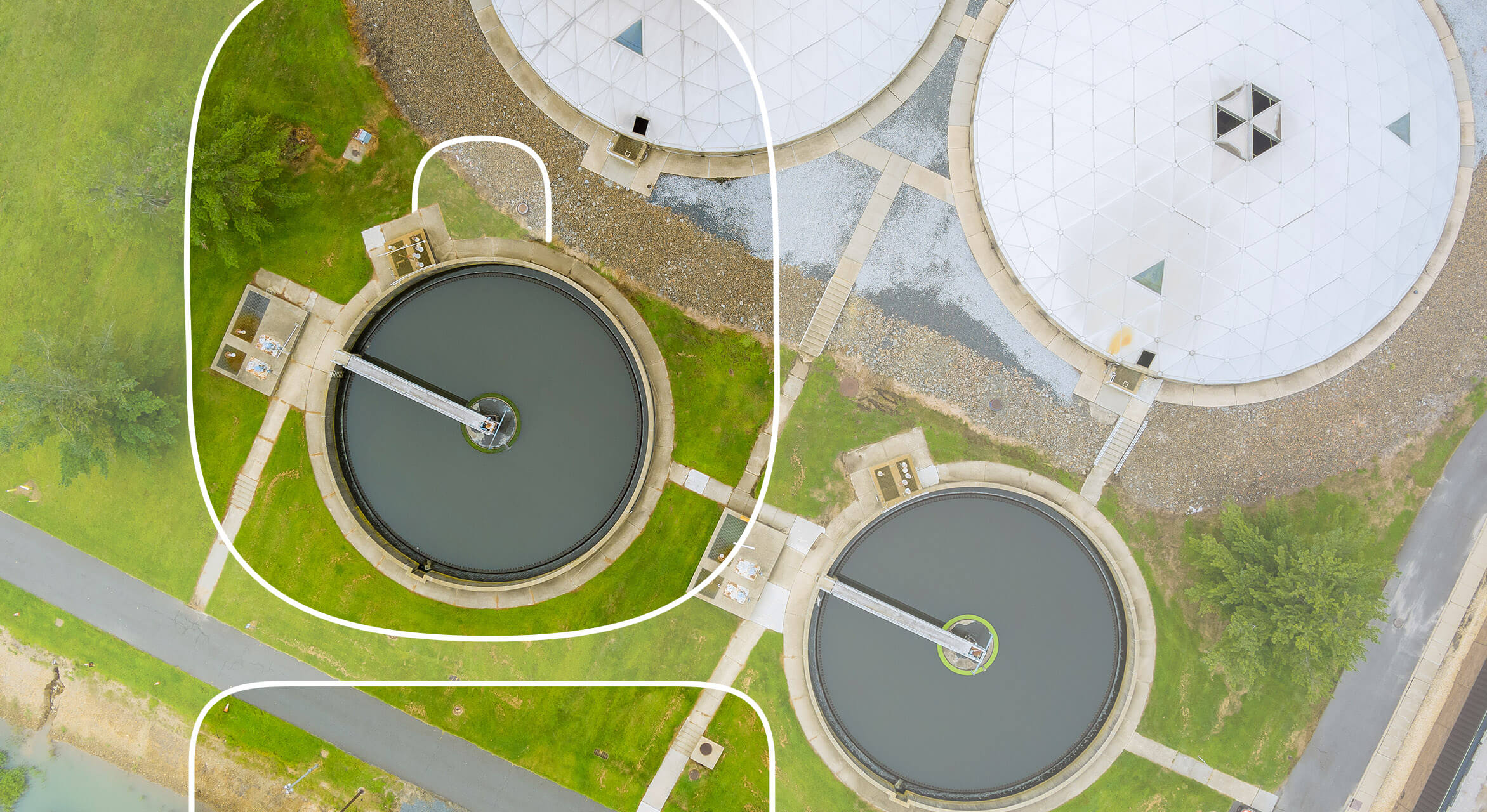How Wastewater Treatment Helps Enhance Water Reuse Options
How Wastewater Treatment Helps Enhance Water Reuse Options
Blog Article
Comprehending Wastewater Therapy Processes and Their Ecological Influence
The details of wastewater treatment procedures play a crucial role in mitigating ecological challenges connected with water contamination. Each phase, from preliminary to sophisticated therapies, is developed to resolve certain impurities, ultimately securing both public health and water ecosystems. Nevertheless, despite technical developments in therapy efficiency, significant obstacles persist, including the monitoring of residual contaminants and the ramifications of nutrient drainage. As we check out the intricacies of these procedures, it becomes important to wonder about just how much current approaches can advance to satisfy the expanding needs of sustainability and ecological conservation.
Introduction of Wastewater Therapy
Just how is wastewater changed into a risk-free source for the atmosphere? Wastewater treatment is a crucial process designed to remove pollutants from utilized water, thereby protecting public health and wellness and protecting communities. This procedure begins with the collection of wastewater from property, commercial, and industrial resources, which is after that directed to therapy centers.
At these facilities, numerous physical, chemical, and organic methods are used to deal with the wastewater. Preliminary testing gets rid of huge debris, adhered to by sedimentation to separate larger solids. Subsequently, organic treatments, such as triggered sludge procedures, use microorganisms to damage down organic issue. These methods not just lower contaminant degrees but also assist in the healing of useful nutrients.
The treated effluent can be securely released into all-natural water bodies or recycled for irrigation and commercial purposes, promoting source preservation. Additionally, the treatment procedure generates biosolids, which can be repurposed as plant foods or dirt amendments, better enhancing sustainability.
Phases of Therapy Procedures
The wastewater therapy procedure typically consists of three key stages: preliminary, primary, and second therapy. Each stage offers an unique function in decreasing the toxin lots and ensuring the effluent satisfies environmental standards prior to discharge.

The primary treatment phase concentrates on the physical separation of suspended solids from the wastewater. Through sedimentation, larger fragments resolve at the end of sedimentation containers, developing sludge, while lighter materials, such as oils and greases, float to the surface and are skimmed off. This procedure dramatically reduces the natural and not natural tons in the wastewater.
Additional treatment is a biological procedure intended at additional reducing the focus of natural matter. This stage is crucial for achieving the needed biochemical oxygen need (BOD) reduction, eventually leading to cleaner effluent ready for discharge or further treatment.

Advanced Therapy Technologies
Following the second treatment procedures, progressed therapy technologies play a crucial function in more improving the high quality of dealt with wastewater. These modern technologies are made to eliminate recurring impurities that are not successfully removed during key and additional treatments, guaranteeing the effluent satisfies rigorous regulatory requirements.
Among the commonly utilized advanced therapy approaches are membrane filtering, reverse osmosis, and progressed oxidation processes. Membrane filtering, including microfiltration and ultrafiltration, is reliable in separating fine bits, pathogens, and colloids from the water (Wastewater). Reverse osmosis utilizes semi-permeable go to this site membrane layers to remove dissolved solids, causing premium water suitable for different applications
Advanced oxidation processes (AOPs) use strong oxidants to deteriorate organic contaminants, consisting of pharmaceuticals and personal care products that are resistant to standard treatment. These techniques improve the biodegradability of complicated compounds, facilitating their elimination.
An additional considerable innovation is making use of biological nutrient elimination procedures, which especially target nitrogen and phosphorus, avoiding eutrophication in obtaining water bodies. Overall, innovative therapy innovations are vital for achieving greater levels of filtration, promoting water reuse, and guarding public health and wellness while resolving the difficulties connected with wastewater management.
Environmental Advantages of Treatment
Countless environmental discover this benefits arise from effective wastewater therapy processes that contribute to ecosystem health and sustainability. Mainly, these processes considerably lower the release of dangerous contaminants right into all-natural water bodies, which aids preserve water ecological communities. By getting rid of pollutants such as heavy steels, nutrients, and virus, dealt with wastewater mitigates the risk of waterborne illness and promotes biodiversity in marine environments.
In addition, wastewater treatment facilities frequently employ advanced technologies that enable water recycling and reuse. This practice not just saves freshwater resources yet additionally decreases the need on all-natural water products. Boosted nutrient elimination from wastewater can likewise prevent eutrophication, a process that results in algal blooms and subsequent oxygen deficiency in water systems.
In addition, efficient therapy processes can reduce greenhouse gas exhausts, specifically methane and laughing gas, which are often released during unattended wastewater decay. By recording and using biogas from anaerobic digesters, centers can convert waste into renewable resource, therefore adding to a reduction in nonrenewable fuel source reliance.
Challenges and Future Trends
While the environmental advantages of wastewater therapy are clear, numerous obstacles persist that prevent optimum outcomes in this field. One significant issue is maturing facilities, which usually brings about inadequacies and increased operational prices - Wastewater. Several therapy plants were developed years earlier, and their capacities do not align with modern demands, which consist of stricter regulative requirements and greater quantities of wastewater as a result of urbanization

Looking in advance, there is a growing emphasis on resource recuperation and round economic climate principles within wastewater therapy. Advancements such as anaerobic digestion, which can generate biogas, and advanced purification innovations are acquiring grip. These techniques not only boost treatment performance however also advertise sustainability.
Ultimately, resolving these obstacles needs cooperation among stakeholders, investment in innovation, and a commitment to recurring research. By welcoming these trends, the wastewater therapy industry can evolve to satisfy the demands of a changing setting and society.
Verdict
To conclude, wastewater therapy processes play an essential role in boosting environmental high quality and public health. The multi-stage treatment structure, coupled with sophisticated technologies, efficiently minimizes pollution and advertises lasting water administration. By addressing residual impurities and reducing nutrition drainage, these processes contribute to the conservation of aquatic environments and the decrease of greenhouse gas emissions. Proceeded developments and adaptations in therapy approaches will certainly be vital for getting over emerging difficulties and making sure the sustainability of natural deposits (Wastewater).
Report this page